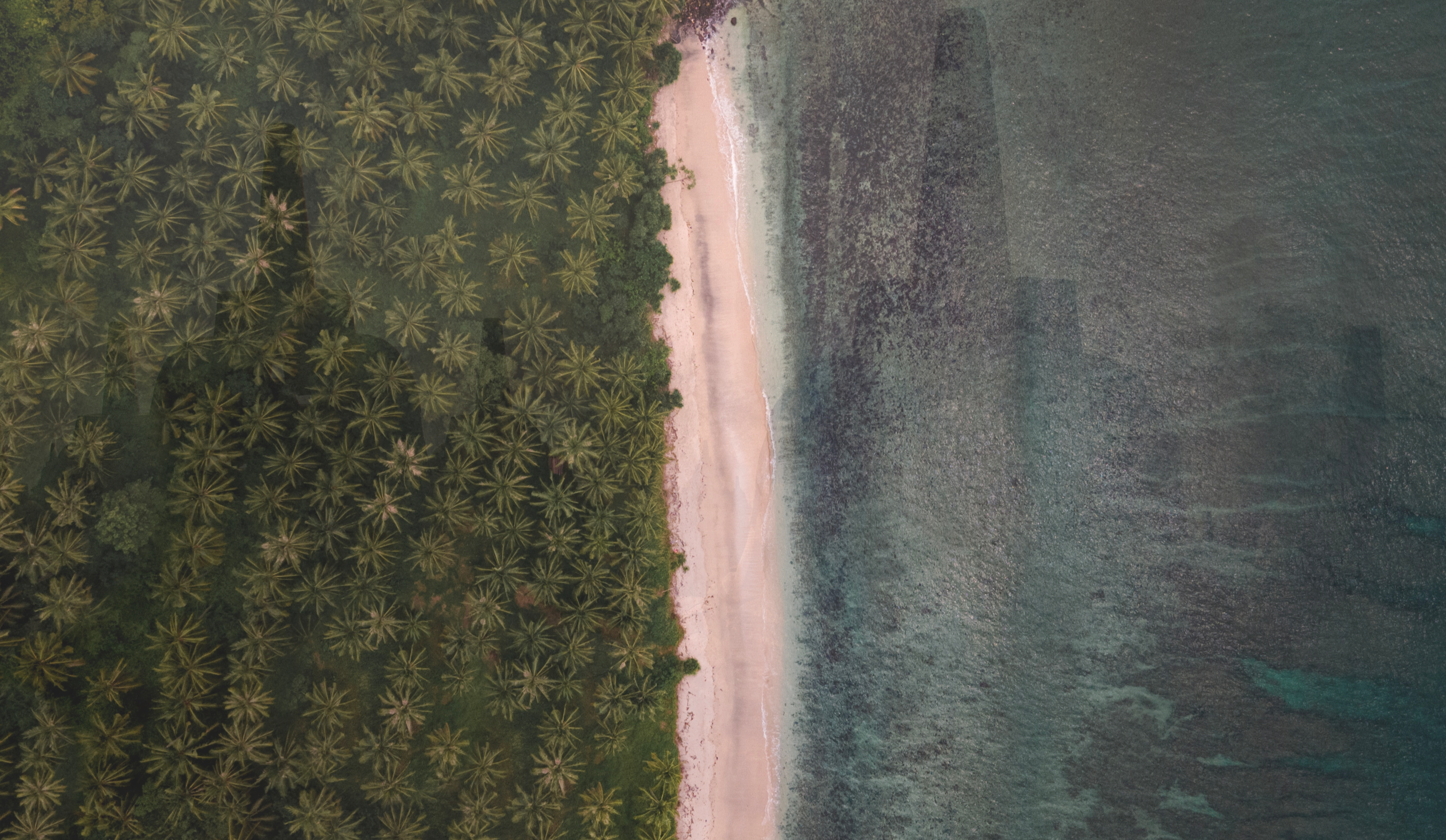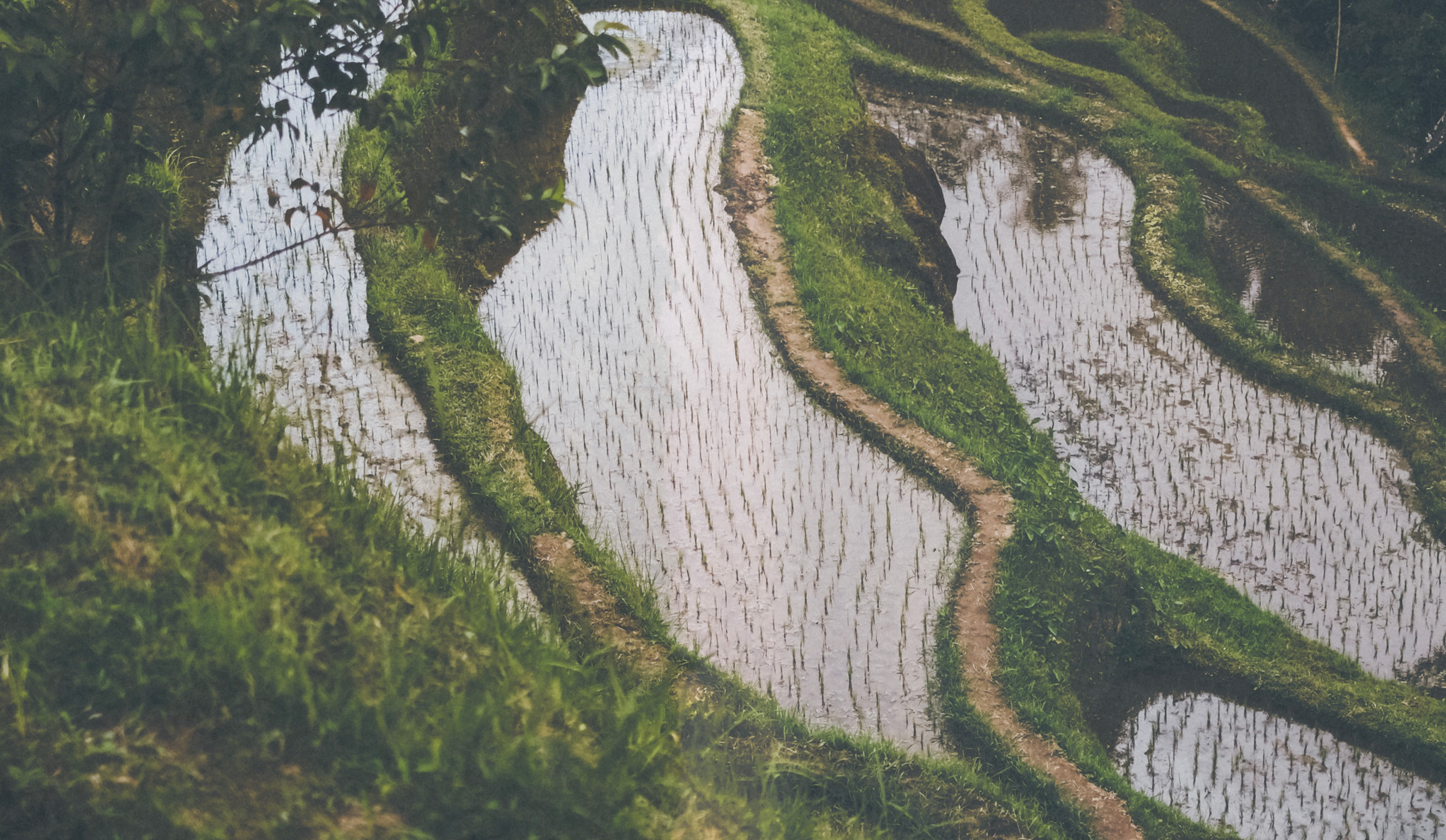Departing from The Phoenix Hotel, we take a short stroll down the main road to visit Mbah Satinem at her local warung. Mbah Satinem is well known for preserving traditional Javanese recipes and is particularly famous for her delicious lupis, a traditional sweet snack made of sticky rice, served with grated coconut and palm sugar syrup. The lupis that Mbah Satinem makes is so popular that people line up to buy it from early in the morning.
After enjoying our tasty snack, we will save our walking feet for later on and take a traditional Becak (cycle rickshaw) to Tugu Train Station, one of Indonesia’s largest train stations with its attractive Dutch colonial design. Taking a seat at a nearby cafe, we can take in the beauty of the train station while sipping on a cup of Kopi Joss (charcoal coffee). This unique coffee can only be found in Yogyakarta, and it gets its name from the sizzling sound that the burning lump of charcoal makes upon hitting the liquid. Some say the bubbling beverage tastes like regular coffee, while others describe a distinct caramel-y, burnt sugar taste.
Now fuelled by our morning coffee fix, we walk through small back alleys until we reach the oldest gudeg (unripe jackfruit stew) warung in Yogyakarta. This world-famous gudeg warung has been running for 86 years by Mbah Lindu, who was still serving up her famous gudeg at 100 years old before she passed away a couple of years ago. Her daughter now runs the warung, but don’t worry, Mbah Lindu passed on her secret recipe, and the gudeg is still as tasty as ever!
We continue our stroll through Yogyakarta’s back streets to Kampoeng Ketandan (Chinatown), a Chinese community strip located around Malioboro.
The Chinese community settled in Yogyakarta more than 200 years ago, and Kampoeng Ketandan is one of the few places in Indonesia where traditional Chinese architecture can be found.
The next stop on this walking tour will be Pasar Beringharjo, the oldest market in the Kraton area of Yogyakarta, which has been a continuous place of trade since 1758. Here your travel expert will introduce you to some traditional snacks sold by the various street food sellers. Wonder the many fabric and food stalls, watching the market traders ply their trade.
With full stomachs, we make our way to Gedung Agung (The Great Building) & Fort Vredeburg. Gedung Agung is one of 6 presidential palaces in Indonesia, and For Vredeburg was a former Dutch colonial fortress. Both these sites are steeped in history, and your travel expert will explain to you in detail their colourful past.
The final part of our tour focuses on the Kauman area. Kauman was one of the first Kampoeng that was founded after Yogyakarta Sultanate. Kauman was an area where ‘Abdi Dalem‘ or the royal servant lived, including Ahmad Dahlan, an Indonesian national hero. Your travel expert will teach you about the history of the area and the story of Ahmad Dahlan, and the importance of his socialist movements, which helped shape the Indonesia we know today.
The tour concludes at the Kraton (Sultan’s Palace), built-in 1970 by Sri Sultan Hamengkubowono I, Modelled on a traditional Javanese palace and still serves as the Sultan’s Palace today.
For those wishing to explore the water palace, please let your travel expert know, as it is just a short 10-minute walk from the Kraton
PROGRAM CONCLUDES








